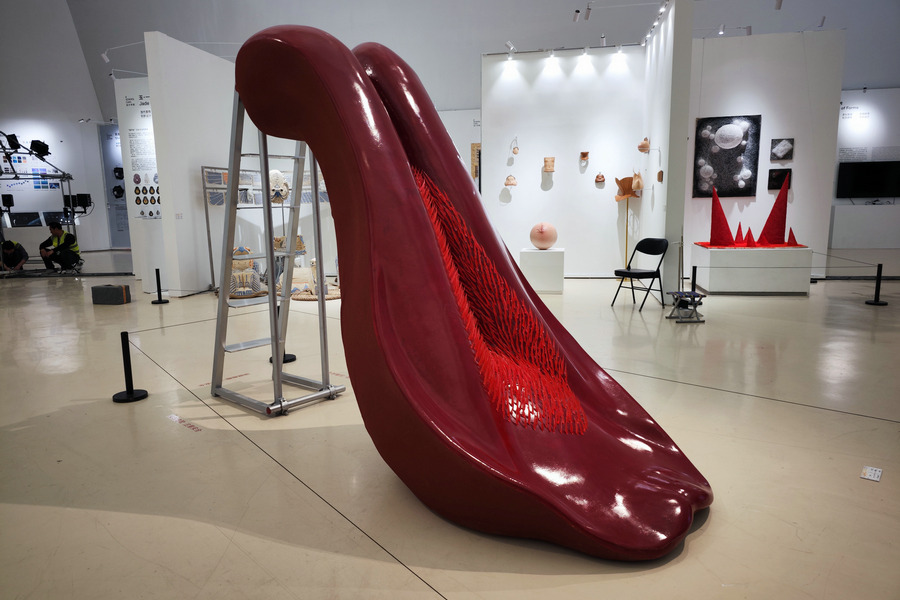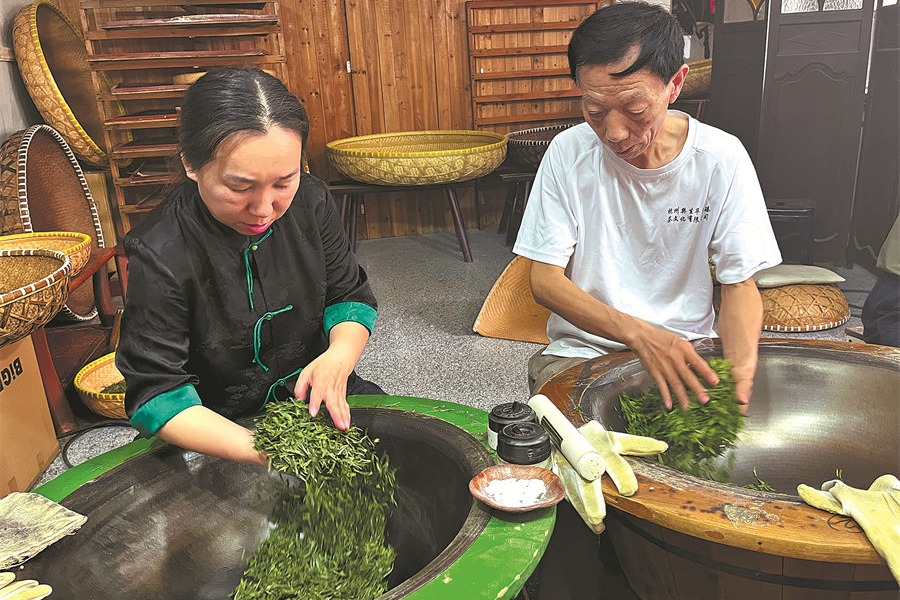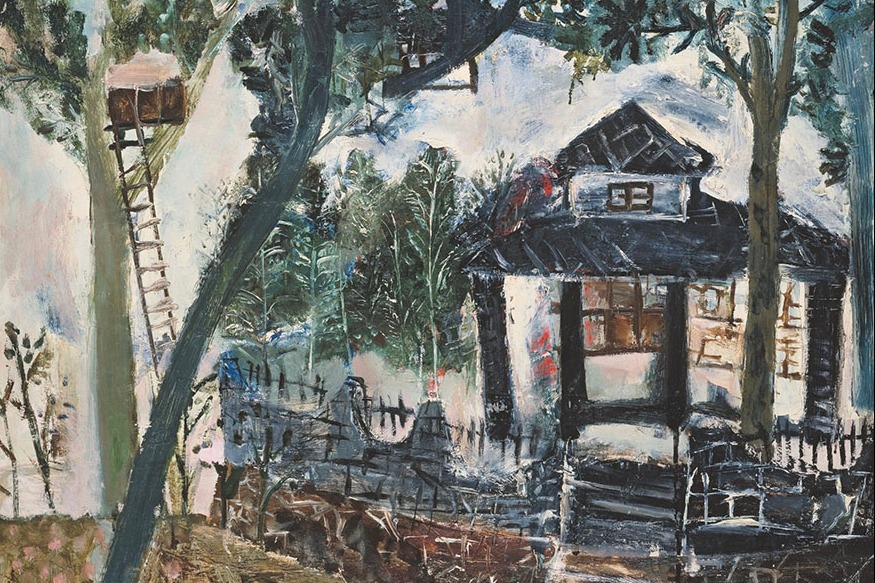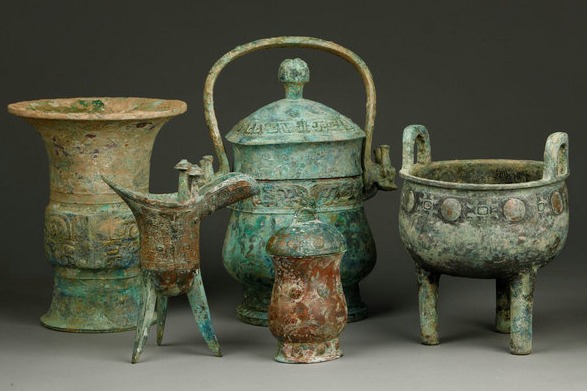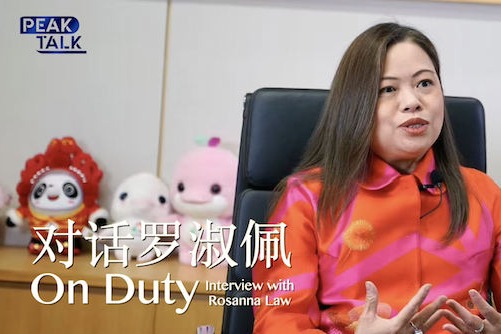The color of excellence


The crushing of clay is generally done using stone wheels, but for finer processing, manual work is still required.
"The size of the glaze particles is crucial," he says.
If they are too small, the glaze will fail to stick properly to the surface, resulting in patches, where it flakes off or "jumps" away, Wang explains. "If they are too coarse, it is difficult to achieve a translucent texture.
"The glaze material must also be free of impurities, so magnets and fine filters are used to remove them. This helps prevent the appearance of black spots and iron marks after firing," he adds.
When the porcelain clay is dewatered and filtered, it has to be stored in a cool, sealed environment for aging, which is crucial to its plasticity.
The clay generally needs to be stored for at least six months before it can be used and then must be properly kneaded by hand to ensure it is evenly prepared.
Additionally, Qingbai porcelain requires much higher standards for throwing, compared to other types of porcelain. Throwing is a crucial step in the process of creating pottery, where clay is shaped on a pottery wheel.
"If it isn't thin enough, it won't achieve the desired translucency. Soft, wet clay can easily be ruined during the shaping process, if it isn't handled carefully, requiring the potter to execute precise movements with great delicacy," Wang says.
Once a piece is made, it is trimmed, a demanding process due to the extremely thin shell. Other key steps include half-carving, a decorative technique from the Song Dynasty, as well as glazing, and firing.
Using small iron or bamboo knives, designs are carved into the dried clay, creating patterns of varying depths — deep on one side, shallow on the other. Each line has a gradient, alternating between solid and hollow, giving the impression of a raised design.
"This technique demands a high level of skill. If the carving is not deep enough, the design lacks dimension and life; if it is too deep, it risks breaking the clay," Wang says, adding that for glazing, the thickness and immersion time are key.
To bring Qingbai porcelain to a wider audience, he and his brother Wang Shuibin established a research society in 2011 that has brought together Qingbai porcelain collectors and experts.
Over the past decade, he has organized 10 Qingbai porcelain and porcelain tool exhibitions, which have attracted young craftsmen to the art.
Local authorities have become involved with the revival of Qingbai porcelain, and the Jingdezhen Ceramic University now offers classes.
The brothers also started a business making scale production that has added to the tapestry of porcelain culture in the city.
"The Wang brothers successfully revived traditional Qingbai porcelain techniques that had been lost for over 700 years," says Li Feng, deputy director of the Jiangxi artistic ceramics standardization technical committee. "This achievement is a miracle in the preservation of Jingdezhen's traditional intangible cultural heritage."
However, the path to preserving and passing down these techniques still faces many challenges and bottlenecks, Li says, adding that the public has a low awareness of Qingbai porcelain, and mass production has yet to be realized.
This all leads to relatively higher costs for pieces, making it difficult to promote Qingbai porcelain sustainably.
"Additionally, handcrafted Qingbai porcelain requires precise control of shape, carving techniques, glaze thickness, and firing conditions. Variations in artisans' skills and methods significantly affect the consistency of quality," Li says, adding that standardization should be introduced to codify techniques.
"By standardizing techniques and archiving them for educational purposes, more young people and ceramic artisans can learn from them and reference them. This will lay a solid foundation for the dissemination and passing on of Jiangxi porcelain culture," Li says.
Contact the writer at [email protected]


















